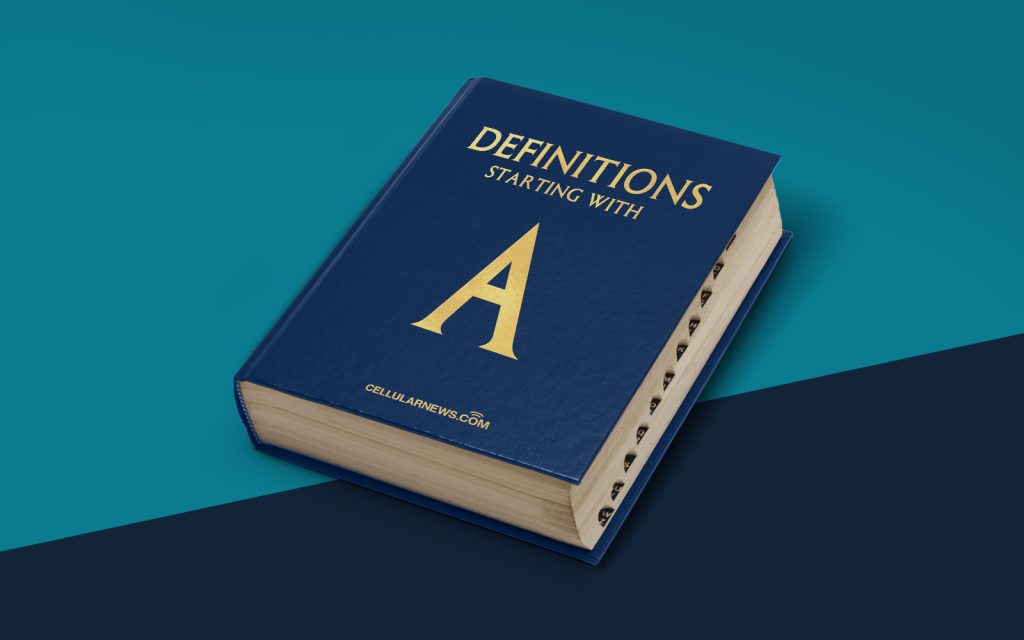
Unlocking the Power of Encryption: Understanding the Advanced Encryption Standard (AES)
Have you ever wondered how sensitive information is kept secure and protected online? In a world where cyber threats are becoming increasingly sophisticated, encryption plays a crucial role in safeguarding our data. One of the most widely used encryption methods is the Advanced Encryption Standard (AES). In this article, we will explore what AES is, how it works, and why it holds a prominent position in the realm of cybersecurity.
Key Takeaways:
- AES is a symmetric encryption algorithm used to secure data.
- It is widely regarded as one of the most secure encryption standards available.
Breaking Down AES: What is it?
AES, also known as Rijndael, is a cryptographic algorithm used to encrypt and decrypt data. It was developed in the late 1990s by a group of Belgian researchers: Joan Daemen and Vincent Rijmen. AES became the replacement for the aging Data Encryption Standard (DES) and quickly gained recognition for its robustness and efficiency. Today, AES is widely adopted by governments, organizations, and individuals worldwide for securing sensitive information.
So, how does AES work? At its core, AES utilizes a symmetric key algorithm, meaning the same key is used for both encryption and decryption. This key is a string of bits that determines how the data will be transformed. The longer the key, the stronger the encryption. AES supports three different key lengths: 128-bit, 192-bit, and 256-bit, with 256-bit AES being the most secure.
To protect the confidentiality of data, AES operates through a series of transformations known as rounds. Each round applies a combination of substitution, permutation, and mixing functions to the data, making it increasingly difficult for unauthorized users to decipher the encrypted information. The AES encryption process involves the following steps:
- Key Expansion: The initial encryption key is expanded to create a set of round keys used in the subsequent rounds.
- Substitution: The data is substituted with values from predefined lookup tables, introducing confusion and making the encryption more secure.
- Permutation: The data undergoes a series of permutations to further disrupt any patterns, enhancing the overall complexity of the encryption.
- Round Mixing: The data is mixed using bitwise XOR and other mathematical operations, adding another layer of confusion and making it harder for attackers to reverse the encryption.
- Final Round: The last round is similar to the previous ones but without the mixing step, ensuring the data remains protected while being decrypted.
It’s important to note that AES has been extensively tested and evaluated for vulnerabilities by experts worldwide, and no practical attacks have been discovered. Its wide acceptance and adoption, coupled with its proven security, have solidified AES as the de facto standard for encryption.
Conclusion
In the ever-evolving landscape of cybersecurity, the Advanced Encryption Standard (AES) stands as a formidable guardian of sensitive information. Its symmetric encryption approach, coupled with its resistance to attacks and proven security, has made it the encryption standard of choice. By understanding the fundamentals of AES, we gain insights into the world of encryption and the essential role it plays in keeping our data safe.
